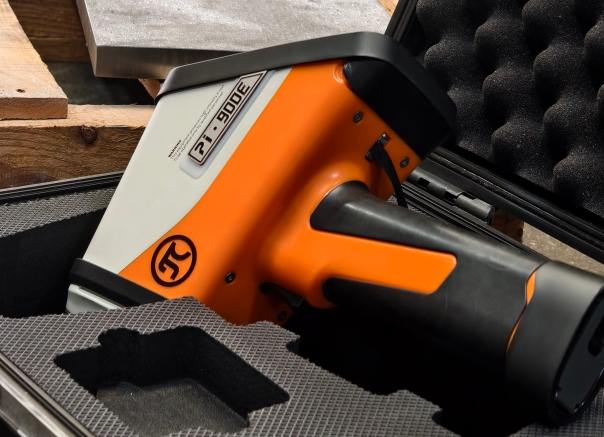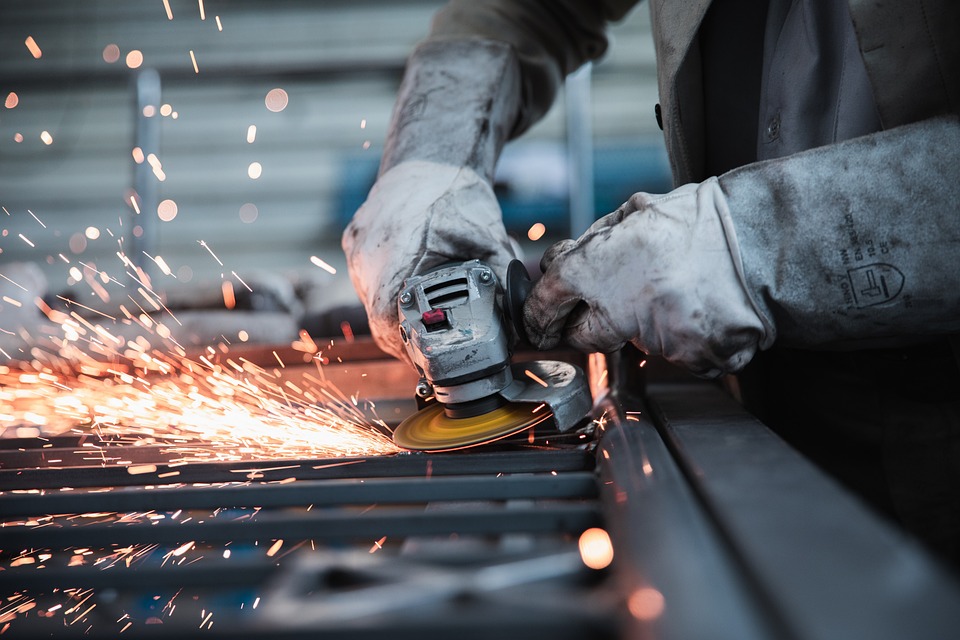
Alloy
A high-tech enterprise focusing on the development and application of X-ray technology products, committed to becoming a leading supplier of X-ray industrial testing solutions.
How XRF Machines Revolutionize Material Analysis in Various Industries
In today's rapidly advancing world, material analysis plays a crucial role in industries ranging from manufacturing and construction to environmental monitoring and research. One technology that has revolutionized material analysis is X-ray fluorescence (XRF) spectroscopy. This non-destructive technique has found its place in a multitude of fields, allowing for quick, precise, and efficient identification and quantification of elements in a wide variety of materials. In this article, we will explore how XRF machines have transformed material analysis across various industries.
What is XRF?
XRF is a rapid analytical technique used to determine the elemental composition of materials. By exposing a sample to X-rays, the atoms in the material absorb the energy and re-emit secondary (or fluorescent) X-rays. These fluorescent X-rays have a characteristic energy that is unique to the elements in the sample, allowing for the identification and quantification of those elements. One of the most significant advantages of XRF technology is that it is non-destructive, meaning that the sample remains intact and can be reused or further analyzed.

1. Environmental Monitoring
XRF machines have become indispensable in environmental monitoring, particularly when it comes to soil and water analysis. Environmental scientists use XRF to measure levels of heavy metals and contaminants, such as lead, mercury, cadmium, and arsenic, which can pose significant health risks.
By providing fast and accurate results, XRF helps to detect pollution in water bodies, monitor hazardous waste sites, and assess soil contamination. The portability of handheld XRF devices further facilitates on-site analysis, eliminating the need to send samples to laboratories and speeding up the decision-making process.
2. Mining and Mineral Exploration
The mining industry has greatly benefited from the use of XRF machines, particularly in exploration and resource extraction. XRF technology allows geologists and mining professionals to quickly analyze rock and ore samples for elemental composition. This helps determine the presence of valuable metals like gold, copper, and silver, as well as essential minerals for manufacturing and construction.
With portable XRF analyzers, field technicians can gather real-time data from remote locations, significantly reducing delays in processing and analysis. This immediate feedback helps miners optimize extraction methods, save costs, and increase resource efficiency.
3. Manufacturing and Quality Control
In the manufacturing sector, especially for industries like aerospace, automotive, and electronics, XRF machines are pivotal in maintaining product quality. By ensuring that raw materials meet stringent specifications, XRF helps manufacturers identify impurities, inconsistencies, or the wrong materials before they are incorporated into the production process.
For example, in the automotive industry, manufacturers rely on XRF to assess the composition of metals, alloys, and coatings used in parts like engines, transmissions, and exhaust systems. Accurate material analysis ensures that products meet industry standards, preventing costly recalls and ensuring the longevity of products.
4. Metal Recycling
Metal recycling is a critical part of sustainable manufacturing practices, and XRF technology has played a significant role in making the process more efficient and accurate. Scrap metal recycling facilities use XRF analyzers to quickly sort and classify different metals based on their elemental composition, such as aluminum, copper, and steel.
This quick sorting capability allows recyclers to maximize material recovery and minimize contamination, which is essential for producing high-quality recycled metal. Moreover, XRF machines help recyclers to comply with environmental regulations by ensuring that hazardous metals, such as lead or cadmium, are properly identified and handled.
5. Forensic and Archaeological Studies
XRF is also used in forensic and archaeological fields, where precise material identification is crucial. In archaeology, XRF is employed to analyze artifacts, such as pottery, tools, and jewelry, to identify their elemental composition. This helps researchers understand the materials used by ancient civilizations, their trade networks, and the technologies they employed.
Similarly, forensic scientists use XRF to investigate the composition of trace evidence, such as paint chips, gunshot residue, or soil samples, which can be used to link suspects to crime scenes.
6. Food Safety and Quality Control
Food safety is a significant concern in the global food industry, and XRF technology plays an important role in ensuring that food products are free from harmful contaminants. XRF analyzers are used to detect the presence of toxic elements like lead and cadmium in food products, as well as to verify the authenticity of food ingredients.
In the wine industry, XRF is used to determine the elemental composition of wine, ensuring that it adheres to quality standards and regulations. For instance, the concentration of sulfur and other elements can affect the taste and quality of the wine, and XRF allows winemakers to make precise adjustments.
7. Energy and Fuel Industry
XRF technology is widely used in the energy sector, particularly for the analysis of fuel quality. By examining the elemental composition of coal, oil, and biofuels, XRF machines help ensure that the fuels meet regulatory standards and are optimized for combustion efficiency. Additionally, XRF is used to analyze lubricants and other materials used in machinery to ensure proper performance and reduce wear and tear.
Advantages of XRF Machines
XRF machines offer a range of advantages that make them highly popular across diverse industries:
Non-destructive analysis: XRF does not alter or damage the sample, which is essential for materials that need to be preserved for further testing or analysis.
Rapid results: XRF provides immediate feedback, which is crucial for industries where time is of the essence.
Portable devices: Handheld XRF analyzers allow for on-site testing, eliminating the need for sending samples to distant laboratories.
Accuracy and precision: XRF provides highly accurate results, even for trace elements, ensuring that the analysis is reliable.
Cost-effective: The cost of using XRF for material analysis is often lower than traditional lab-based methods, making it an affordable option for many industries.

Terras PI900E Handheld Alloy Analyzer
The Pi 900E XRF spectrometer provides rapid, non-destructive elemental analysis with exceptional precision. By measuring characteristic X-ray fluorescence, it quickly identifies metals, alloys, and contaminants—perfect for quality assurance, scrap recycling, and environmental monitoring. Portable versions combine durability with user-friendly touchscreen controls and Wi-Fi connectivity for efficient data sharing. Capable of detecting elements from Mg to U with customizable calibrations, this instrument delivers lab-quality results in the field.
Conclusion
XRF technology has transformed material analysis across a broad range of industries, from environmental monitoring and mining to manufacturing, food safety, and archaeology. The ability to conduct quick, accurate, and non-destructive analysis has proven invaluable in driving efficiency, ensuring quality, and maintaining safety standards. As the technology continues to advance, we can expect even more innovations and applications that will further enhance material analysis and its role in various industries.
Join Us
Subscribe to our email list for updates & promotions.



